Yellowstone A to Z
Yellowstone Alphabet
Yellowstone is a place of astonishing beauty, thrilling wildlife, and the greatest concentration of geysers and hot springs in the world. It’s a wonderland of scenery, fauna, and geological formations unlike any other on Earth. Here is an alphabetical rundown of some of its great features, which show why this area was preserved as the world’s first national park back in 1872.
A is for aspen:
They are the most widely distributed native trees in North America and widely found in Yellowstone. Although the park had experienced a 50 percent decline in its number of aspen groves since its founding, the aspen are now making a comeback because of re-introduced wolves, which keep elk moving from place to place instead of staying in a single location and overgrazing.
B is for bison:
These world-renowned behemoths, the largest land mammals in the Lower 48 states, can weigh up to 2,000 pounds. (The next largest mammals are moose, about 1,000 pounds, and grizzly bears, about 700.) When Yellowstone was founded, about 1,000 bison lived in the park. Their population reached a low of about two dozen in 1902. Today, some 4,000 bison live in Yellowstone and thrill visitors who spot them.
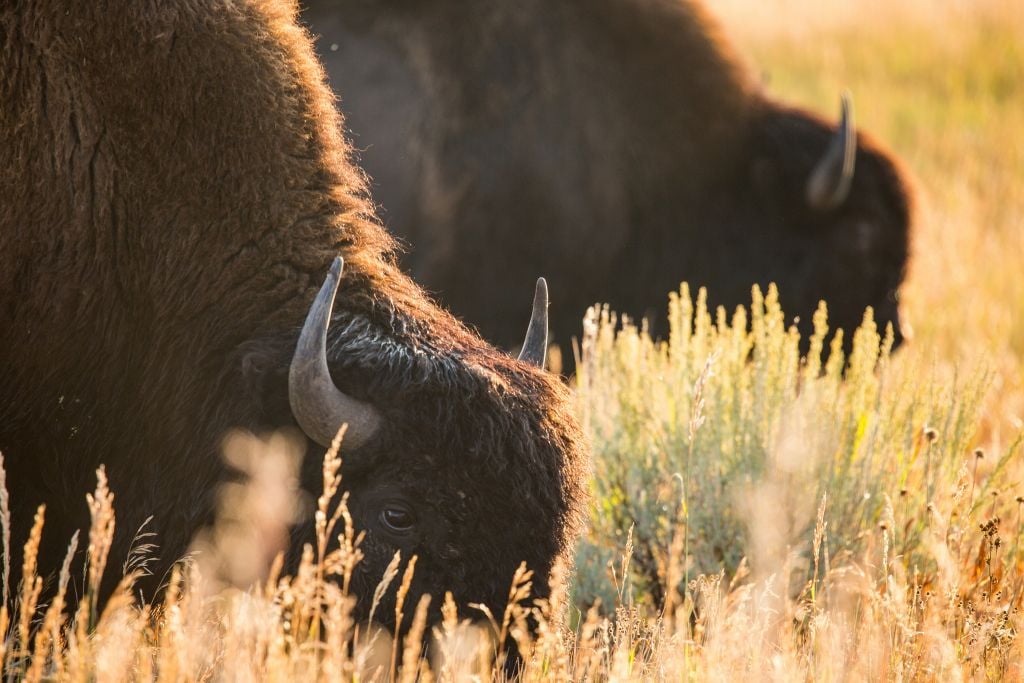
C is for cone geyser:
This is one of the two main types of geysers (the other is a fountain geyser). Examples of cone geysers in Yellowstone include Old Faithful, Beehive, and Castle Geysers. As its name suggests, a cone geyser has a cone of siliceous sinter around its opening. This cone can be hundreds of years old; it makes for steady and relatively narrow eruptions.
D is for deer:
Two species of deer are found in the park: mule deer, also called blacktail deer, and white-tailed deer. Widely dispersed throughout the park, the two species are differentiated by their antler shape, tail size, and appearance.
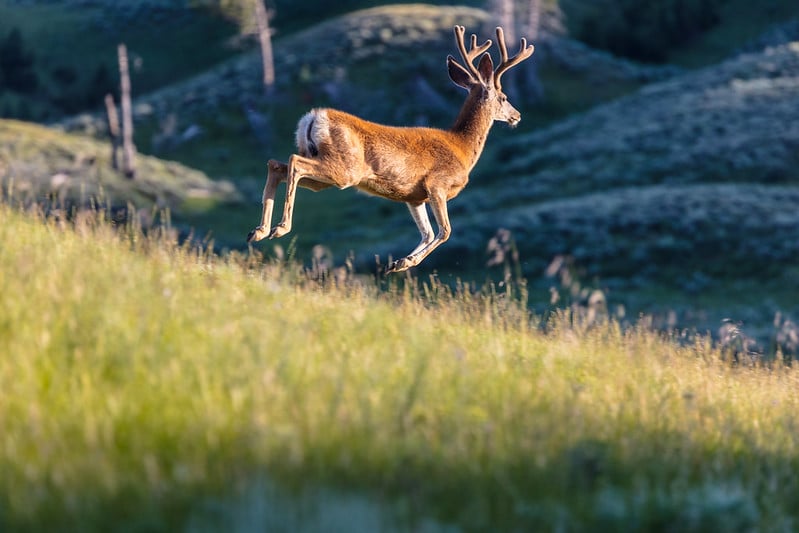
E is for Eagle Peak:
It’s the tallest point in Yellowstone at 11,358 feet above sea level. You can hike to the summit for panoramic views via the Eagle Peak Trail, a distance of 7.2 miles round trip.
F is for fishing:
There are about 2,650 miles of streams, rivers, and creeks in Yellowstone; because of water temperatures or chemistry or barriers like waterfalls, only about 200 miles are fishable, though. Anglers with permits can fish for westslope cutthroat; Yellowstone cutthroat; rainbow, brown, brook, and lake trout; mountain whitefish; and Arctic grayling.
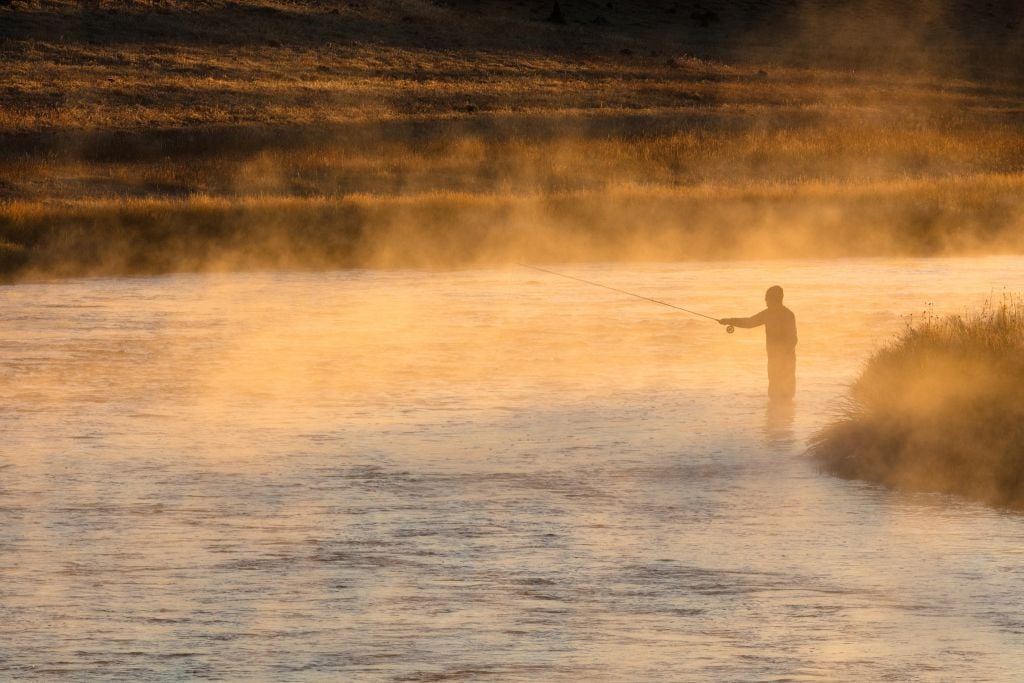
G is for geysers:
Yellowstone has about 500 of them within its borders, more than anywhere else on Earth. But these account for only 3 percent of the park’s thermal features. The world’s tallest active geyser, Steamboat Geyser, is found in the park.
H is for hyperphagia:
The appetites of Yellowstone’s black and grizzly bears increase in the late summer and continue until they enter their winter dens. This is called hyperphagia. By September, bears could be spending 90 percent of their day eating and gain several pounds a day.
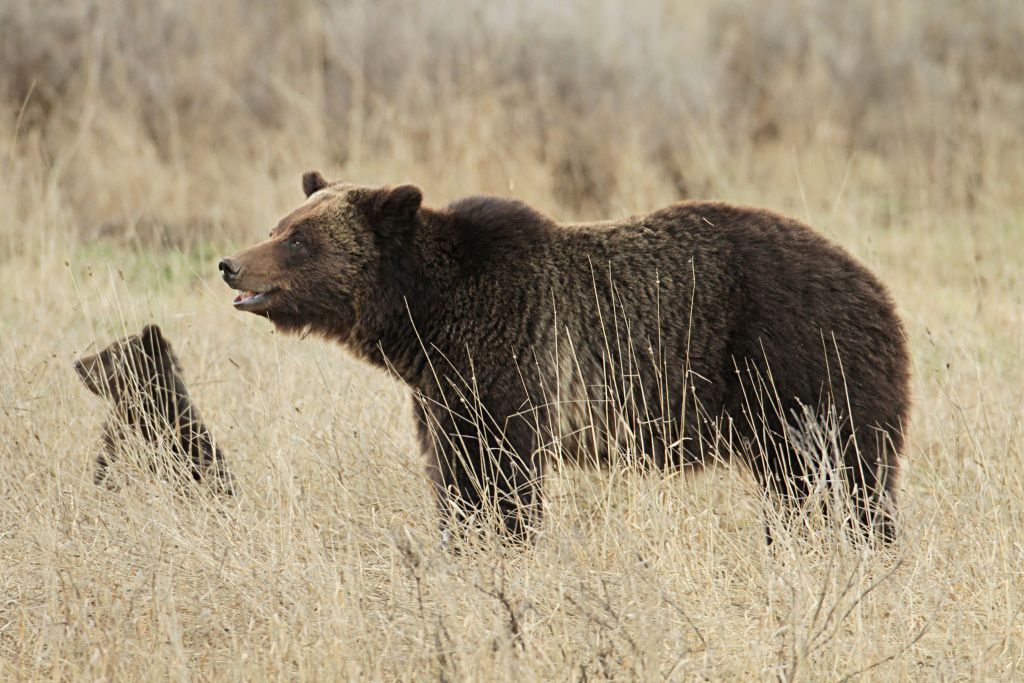
I is for Impatient Miser Geyser:
In the Sprinkler Group of geysers in the Lower Geyser Basin, this geyser gets the award for the strangest name of any geyser in the park. As explained by author T. Scott Bryan in his book The Geysers of Yellowstone, this geyser came by its name because, although it erupts frequently, its eruptions last only several seconds and provide virtually no external discharge. At most, it is a few feet high, although it has (very) occasionally erupted as high as 25 feet.
J is for Junior Ranger:
The self-guided Junior Ranger program is for visiting children 4 years and older as a way to introduce them to the natural wonders of the park and their role in preserving them. A patch is awarded to those who complete the requirements.
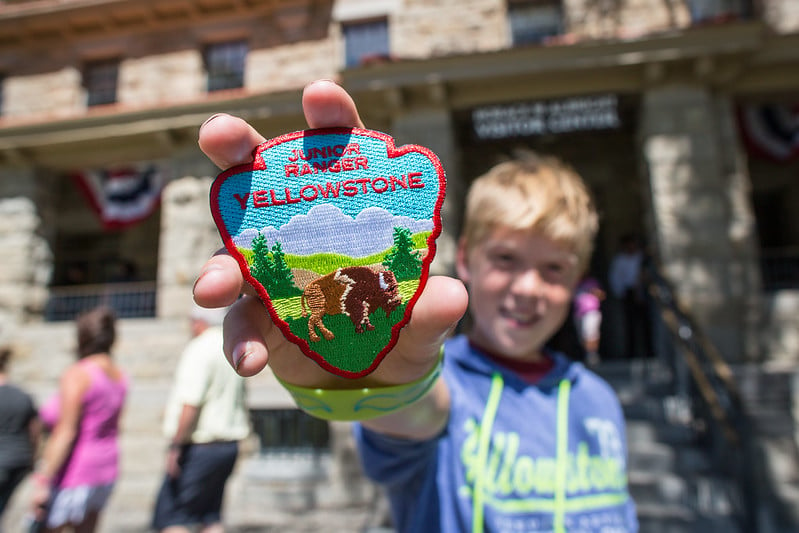
K is for Kepler Cascades:
This set of multiple cascades and waterfalls, 100-150 feet high, is located on the Firehole River above Old Faithful. They were named in 1881 for Kepler Hoyt, a 12-year-old boy who toured Yellowstone that year with his father, Governor John Hoyt of Wyoming Territory.
L is for lodgepole pine:
Eighty percent of Yellowstone is forested and 80 percent of the park’s forests are lodgepole pines, which thrive here because they tolerate nutritionally poor soil and low precipitation.
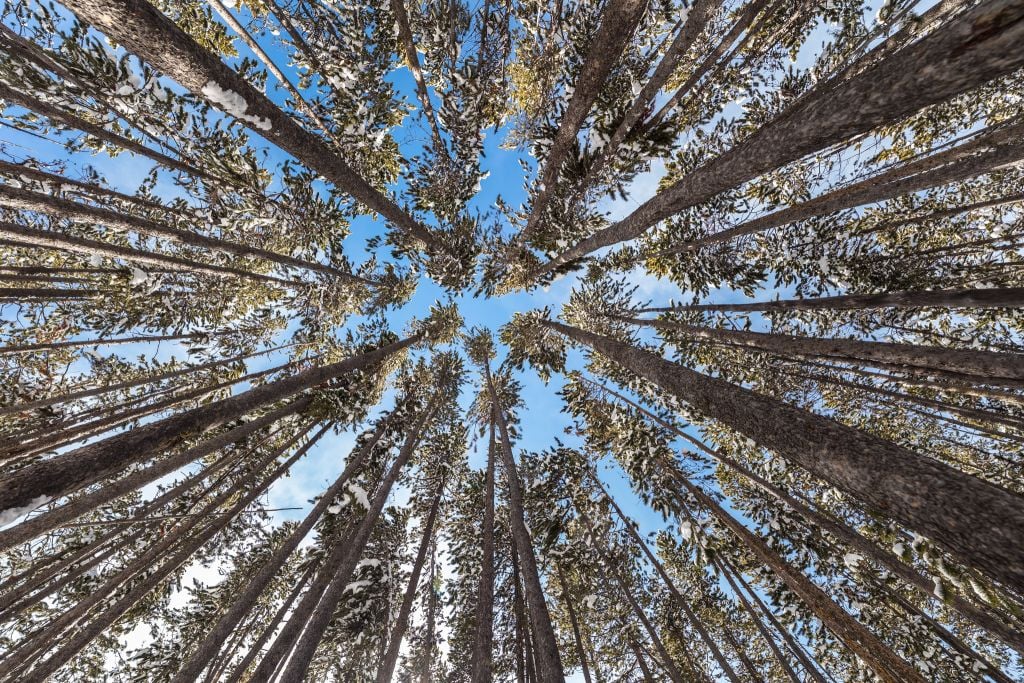
M is for magma:
A sea of magma sits about two miles beneath Yellowstone and has been pushing up land in the center of the park at a rate of about an inch a year.
N is for Norris Geyser Basin:
It’s the hottest, oldest, and most dynamic of Yellowstone’s thermal areas. Evidence shows thermal features there for at least 115,000 years.
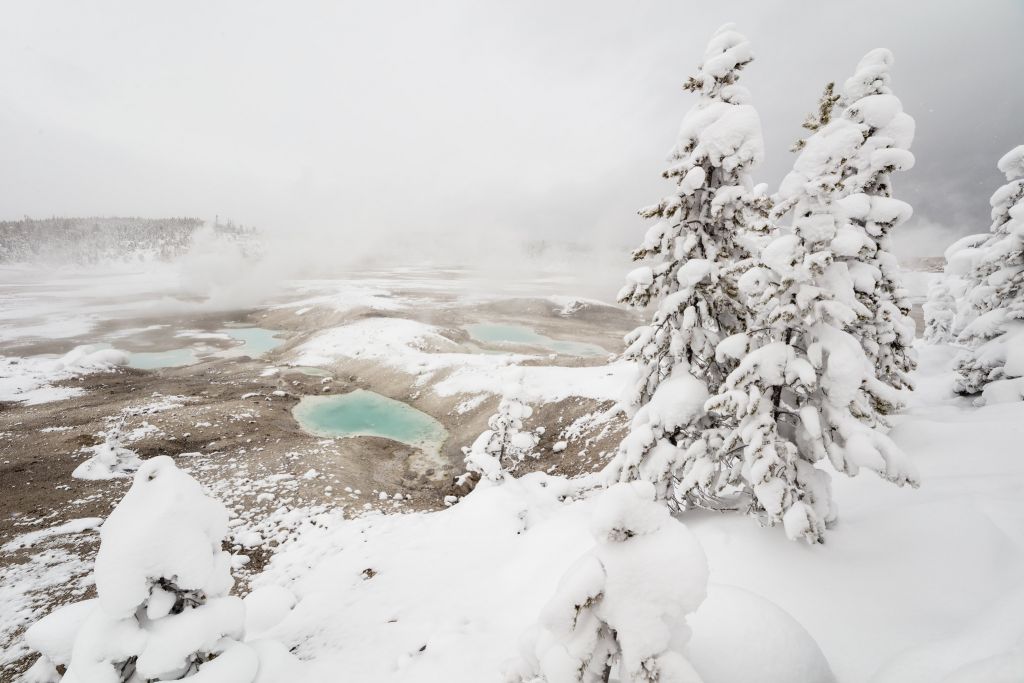
O is for Obsidian Cliff:
This 2.5-mile-long cliff is one of the largest deposits of obsidian on the North American continent.
P is for plants:
About 1,150 species of native plants live in Yellowstone, along with about 225 species of non-native ones. Three are endemic to the park.
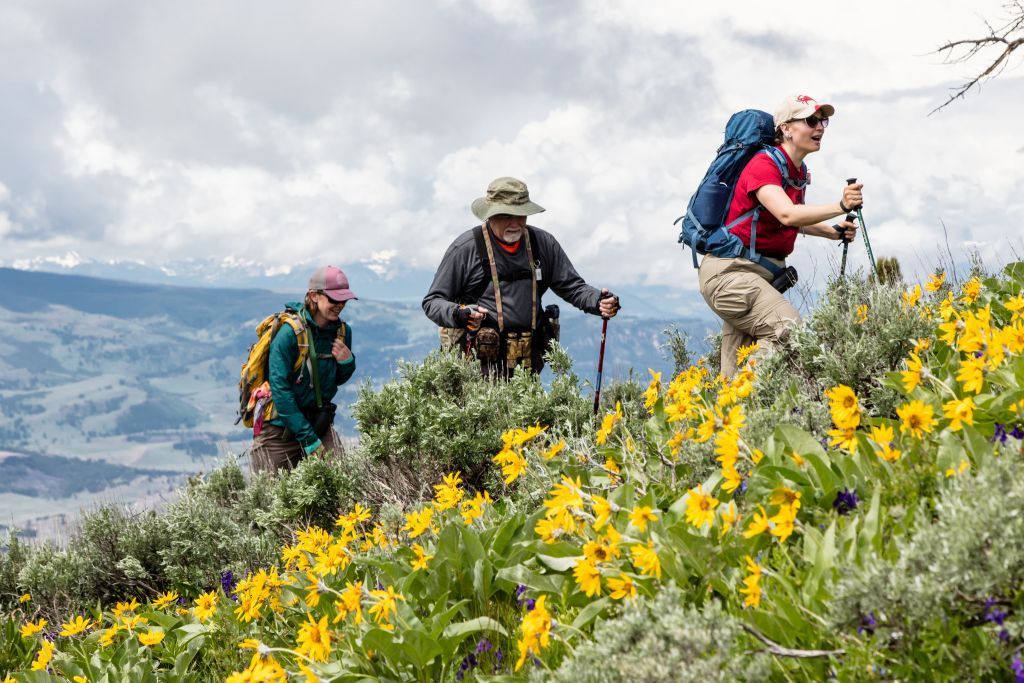
Q is for Queen’s Laundry:
This geyser in the Lower Geyser Basin was so named by park superintendent Philetus T. Norris in 1880 because visitors to a nearby natural bathing pool hung their clothes in trees around the geyser while they bathed. Because of red-orange cyanobacteria that covered terraces around the geyser, it was later renamed Red Terrace Spring. Both the bathing pool and red terraces have disappeared. An unfinished bathhouse started by Norris in 1881 remains here though and is the oldest existing structure in the park.
R is for roadless:
Shoshone Lake is the largest lake in the Lower 48 states that lacks a road. It cannot be reached by car, but only by boat or hiking trail.
S is for serotinous cones:
Lodgepole pine trees, which make up 80 percent of Yellowstone’s forests, have serotinous cones, which only release their seeds when triggered by high heat like that found in a forest fire. After the historic 1988 Yellowstone fires, there were an average of about 50,000 lodgepole seeds released per burned acre, about 750 of which sprouted into seedlings.
T is for travertine:
The travertine (calcium carbonate) terraces at Mammoth Hot Springs are among Yellowstone’s most iconic features and they are constantly changing. Two tons of minerals are deposited on the Lower Terrace every day.
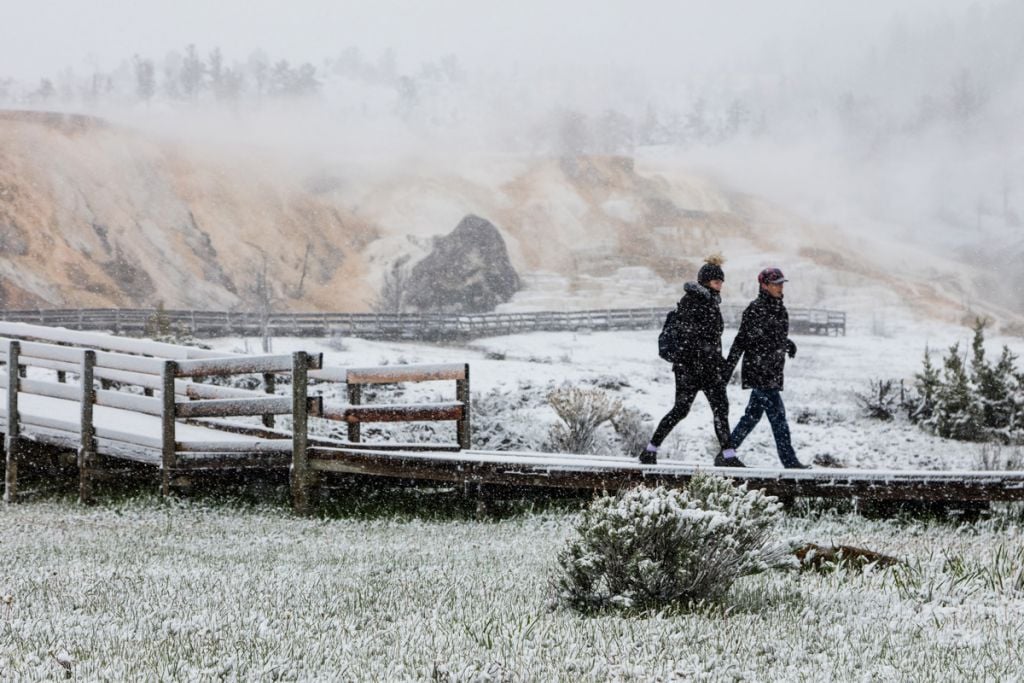
U is for Upper Geyser Basin:
Yellowstone’s Upper Geyser Basin, home to Old Faithful, contains the densest concentration of geysers in the world. A one-square-mile area there contains 150 of these geothermal wonders — nearly one-third of the total number in the world.
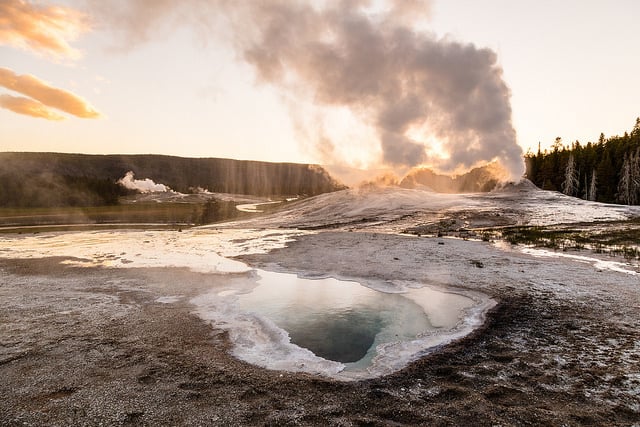
V is for volcanic and volcanism:
Eighty-six percent of the rock in Yellowstone is volcanic in origin. The Yellowstone Caldera, which is 45 miles by 30 miles wide, is the largest known center of active volcanism in the world.
W is for wild animals:
Yellowstone National Park is the only place in the Lower 48 states where every species of wild animal that lived in the area before the arrival of Europeans still live. It’s also home to the largest concentration of mammals in the Lower 48.
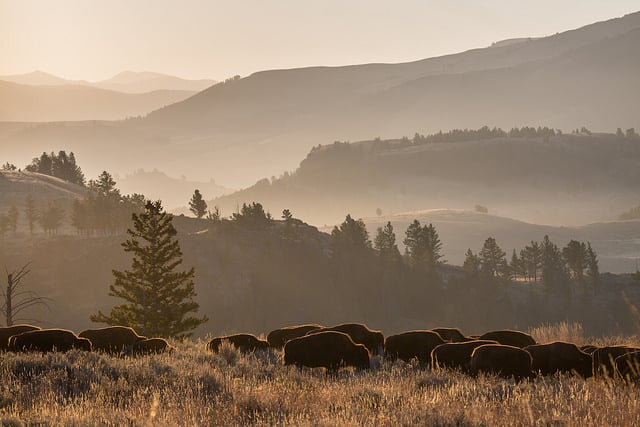
X is for Xiuhtecuhtli:
This is the name of the Aztec god of fire, life, and time that is also the name of a small crater northwest of Orby Geyser in the Norris Geyser Basin.
Y is for Yellowstone Lake:
Sitting at an elevation of 7,733 feet, it’s the largest high-elevation lake in North America. The lake holds about 4 billion gallons of water and its surface area is almost twice that of Washington, D.C. It also boasts the largest population of wild cutthroat trout in North America.
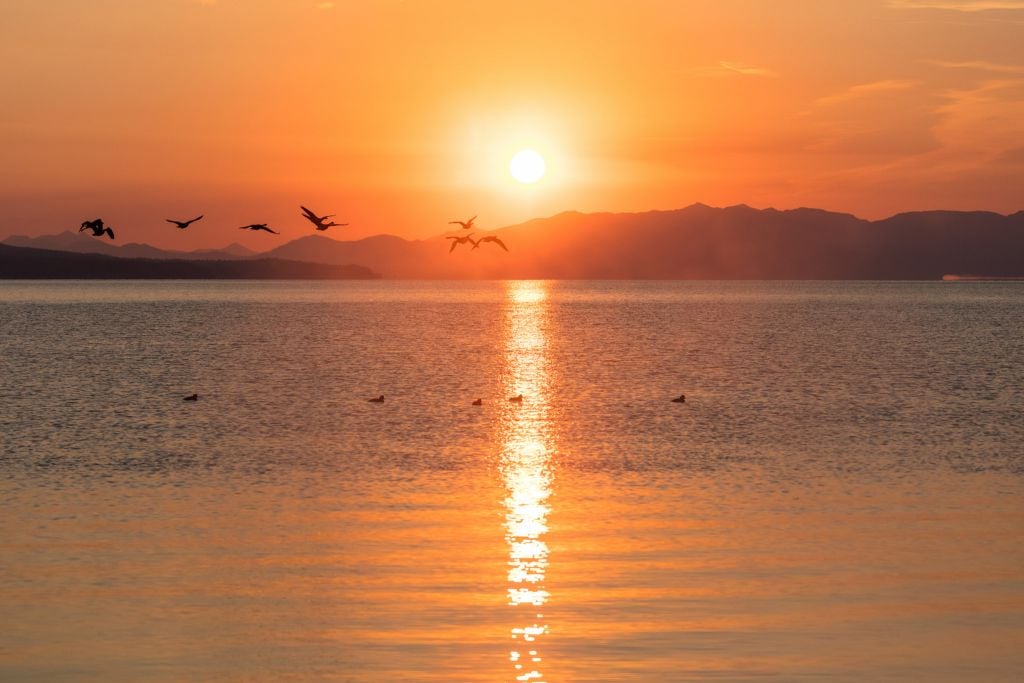
Z is for zero:
That’s how many park visitors died during the park’s 1988 wildfires, when two of the 25,000 firefighters who fought the fires died in the line of duty. It is estimated the fires killed about 36 deer, six black bears, 12 moose, and 350 elk while burning a total area about equal in size to the state of Delaware.
Read More Yellowstone Stories